Overview
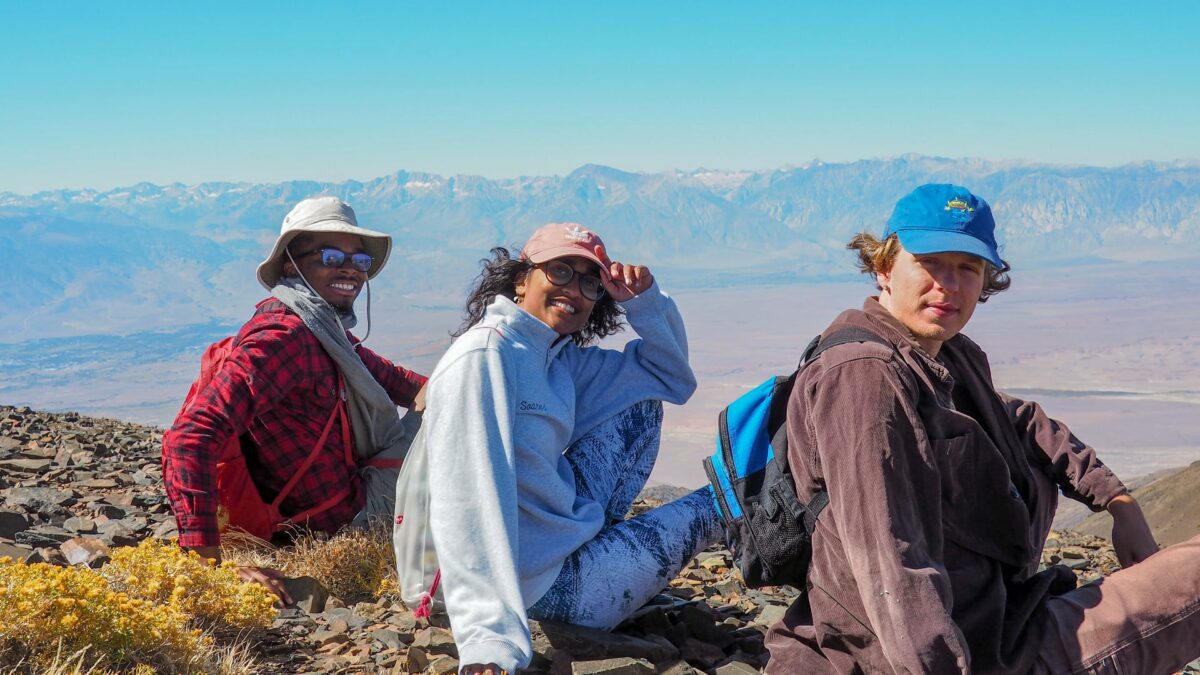
Our bachelor’s degree in environmental science offers an immersive, multifaceted experience that leverages the resources of a diverse, world-class university. Emphasizing real-world practice, students collaborate with companies, organizations and communities to solve pressing environmental challenges. This hands-on approach allows students to create their experience, utilizing UCLA’s campus, the city of Los Angeles and California’s vast natural areas as living laboratories.
Upon graduation, 80% of our students enter environmental professions, while others pursue careers in social science, business, the arts and more. The curriculum combines physical and life sciences, including chemistry, biology, mathematics, and physics, with social sciences and humanities courses. This comprehensive education is designed to prepare students to address complex environmental issues.
Through partnerships with departments across campus, students benefit from a broad education that equips them to tackle pressing environmental challenges. Additionally, our Environmental Science Colloquium offers students academic credit for attending lectures and symposiums presented by global experts, providing a platform to stay abreast of cutting-edge research.
IoES hosts premier events focusing on topics such as renewable energy, GMOs and transportation, engaging broad audiences and fostering communication with the public, stakeholders and decision-makers. This emphasis on communication is a fundamental aspect of environmental science and a key feature of our academic programs.
Minors
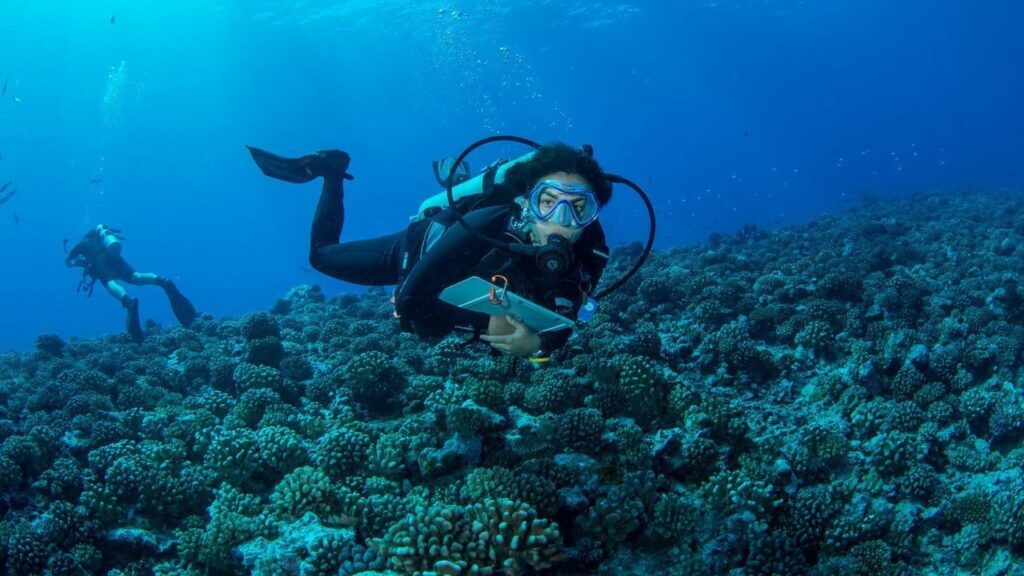
Empowering tomorrow’s leaders is at the core of our mission at UCLA IoES. We believe in giving students the autonomy to shape their education. Curriculum begins with a robust foundation in the sciences, providing students with a comprehensive understanding of environmental issues. As students progress, they have the opportunity to choose from seven minors/concentrations, which are reflected on their diplomas:
- Atmospheric and Oceanic Sciences
- Conservation Biology
- Environmental Engineering
- Environmental Health
- Environmental Systems and Society
- Geography/Environmental Studies
- Earth and Environmental Science
The minors appear on students diplomas and come from our direct collaboration with six partners at UCLA: Atmospheric and Oceanic Sciences; Civil and Environmental Engineering; Earth, Planetary, and Space Sciences; Ecology and Evolutionary Biology; Environmental Health Sciences; and Geography.
Junior Retreat
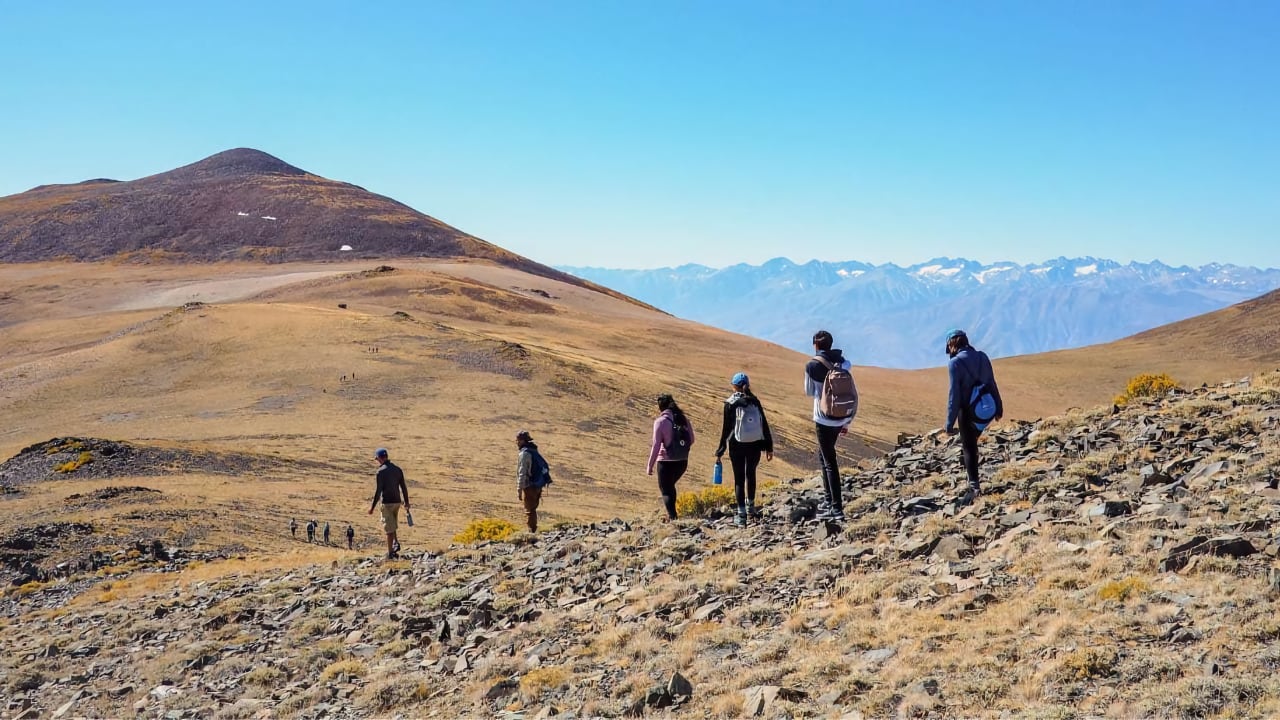
The annual junior retreat is a fun way to develop greater camaraderie among students, researchers, faculty and alumni while getting out in nature. The event provides information on IoES and its research efforts, opportunities within the degree program, and introduces students to analytical skills training as a precursor to the Senior Practicum sequence they will undertake the following year.
In 2016, students went to UC Santa Barbara’s Sedgwick Reserve—a world-class research and conservation center located on nine wildlife-rich square miles in the Santa Ynez Valley. Environmental science major students went on hikes, participated in field exercises and met alumni who shared strategies for successfully navigating upper division classes and life beyond UCLA.
Senior practicum
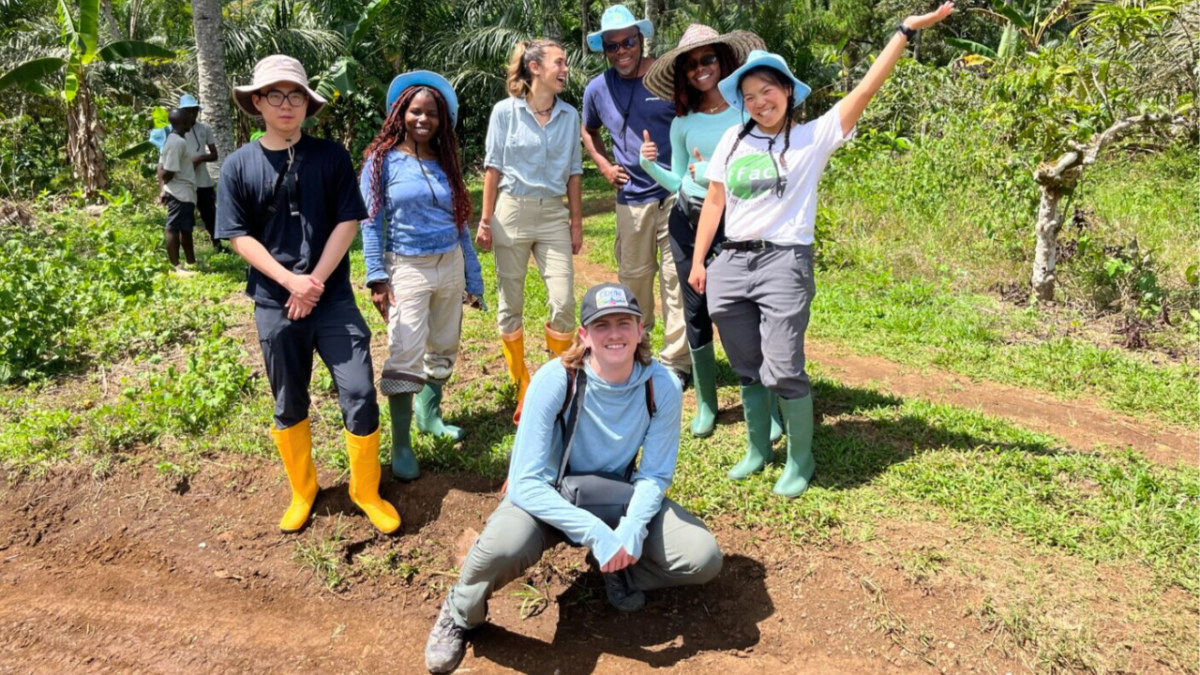
The degree culminates with the one-of-a-kind senior practicum, a yearlong program that pairs small groups of students with nonprofit organizations, businesses and public agencies. The students are presented with real problems these organizations need to solve. They devise a plan of research and put it into action, reporting on their findings and outcomes at the end of the year.
In 2022, a few practicum projects:
- Improved the sustainability of an agricultural program for formerly incarcerated youth in Cameroon that seeks to reduce recidivism and teach program participants employable skills.
- Developed a sustainable waste management plan for the Aquarium of the Pacific’s municipal and recyclable waste and also assessed the aquarium’s greenhouse gas emissions.
- Analyzed the conservation status of an endangered toad species, conducted an experiment to determine the impact of a planned water release on invasive species and created a model to determine suitable habitats for the toad.
- Investigated correlations between coastal water turbidity measurements recorded by satellites and water quality metrics measured in the lab to advance the use of satellite data for real-time water quality assessments.
- Provided the Sri Lankan government with a spatial and cost-benefit analysis assessing the effect of diverting shipping lanes on whale mortalities.
Sustainability Action Research
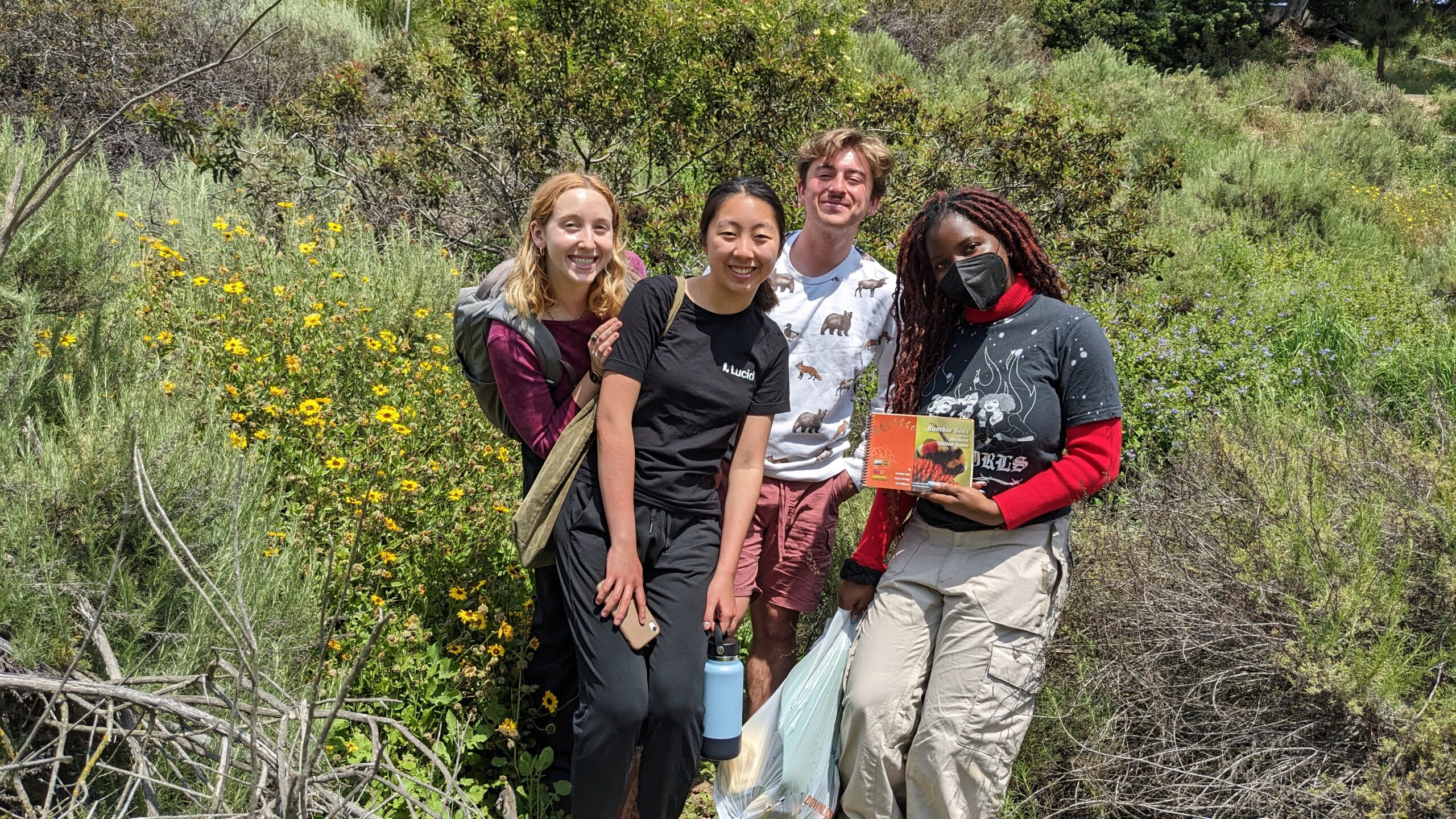
Student-led teams use the UCLA campus as a living lab to research topics including stormwater capture, green purchasing and native habitat restoration.
A community of experience
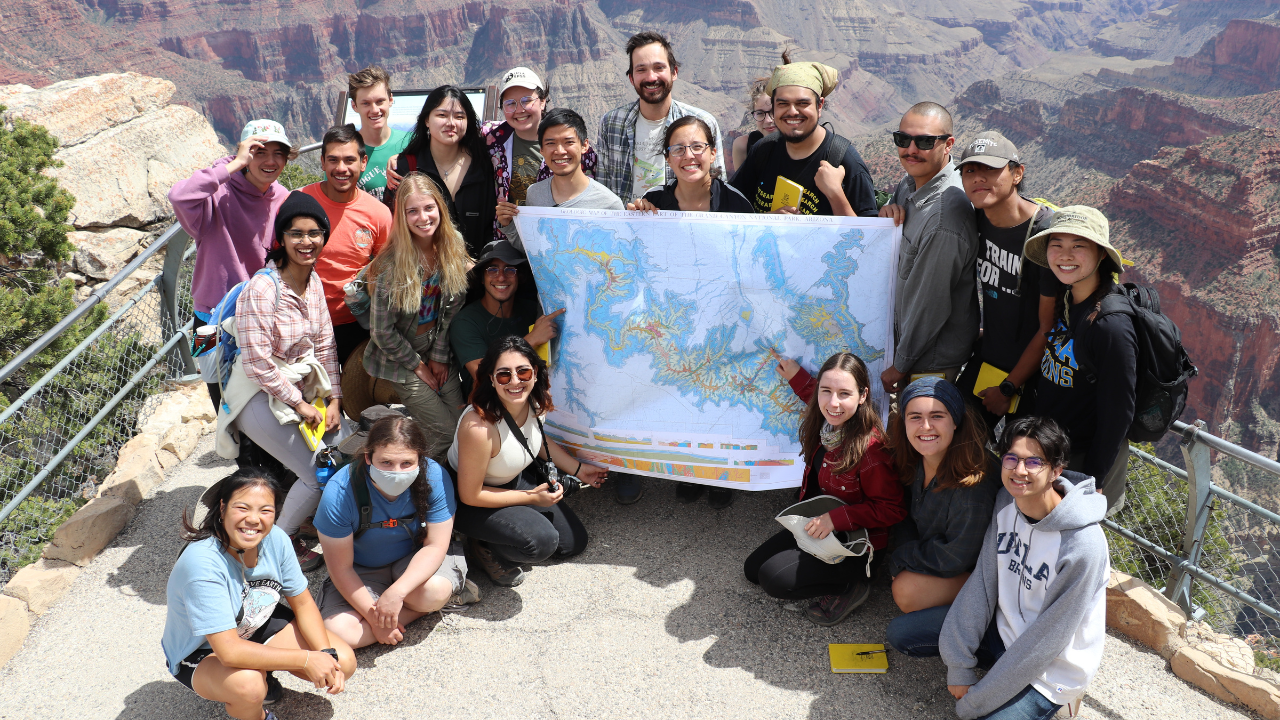
When school is in session, UCLA effectively becomes a city of 80,000 people, nested in one of the world’s most diverse megacities. The population of greater L.A. is 18.68 million, and it’s growing. And yet there is a wealth of nature all around. From the Santa Monica Mountains to the beaches of Malibu, Los Angeles is a case study in how an urban humanity interacts with nature. Water, food supply, energy, pollution and environmental justice are all part of the picture.
Taking on major challenges, UCLA aims to reduce potable water use by 36 percent and become the first major research university to reach carbon neutrality by 2025. Students have strong voice in policy decisions by sitting on sustainability committees. And through UCLA Grand Challenges, the university strives to make L.A. County sustainable in energy, water and ecosystems by 2050.
Students play a large role in finding solutions by:
- Using the campus as a living lab to research topics including stormwater capture, green purchasing and native habitat restoration on student-led action research teams.
- Living in a freshman sustainability-themed dorm that explores earth-conscious lifestyles and environmental advocacy.
- Joining student-led environmental groups that take on issues ranging from renewable energy to educating L.A.’s youth.
- Producing public events and services such as the university farmers market, Earth Day activities and “Ecochella”—an environmentally-friendly twist on the massive Indio music festival.
Spending time in nature
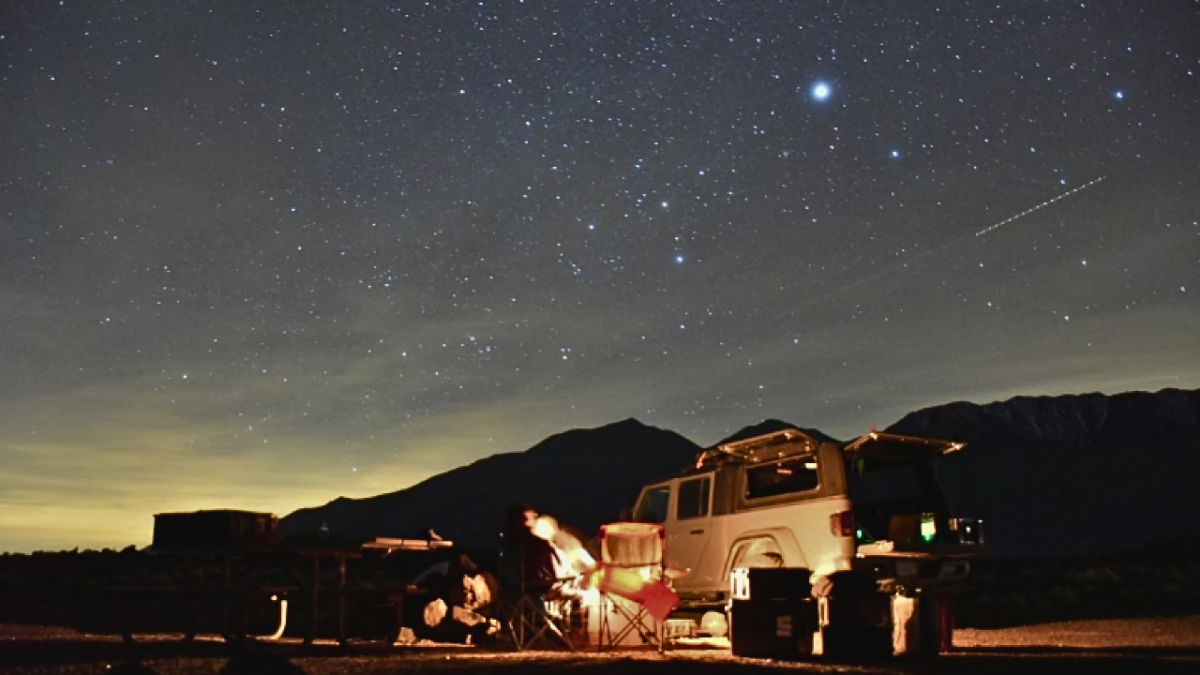
Los Angeles and UCLA have the best of both worlds when it comes to studying the environment—lots of people and lots of nature, though you may not know it by reputation. Twenty-five percent of L.A. County is protected parkland. Students and alumni alike take advantage of these open spaces on their own or in groups such as the Hiking Club and the Bruin Naturalists Club.
There’s plenty of green on campus, too. The Mildred E. Mathias Botanical Garden is a place of beauty and biodiversity, learning and relaxation. Meanwhile, Sage Hill features native flora and fauna, with 50 higher plant species, seven mammals, 17 species of butterfly and 30 resident and migratory bird species. And drought-tolerant gardens are just steps from the front door of IoES.
UCLA also maintains environmental field stations—Stunt Ranch in the Santa Monica Mountains and the White Mountain Research Center along 10,000 feet of elevation in the Sierra Nevada.
